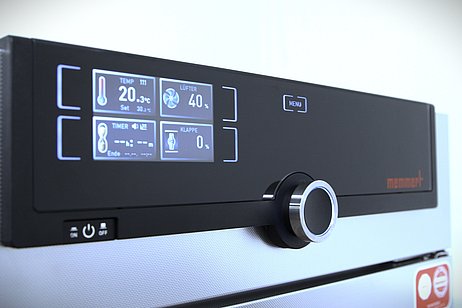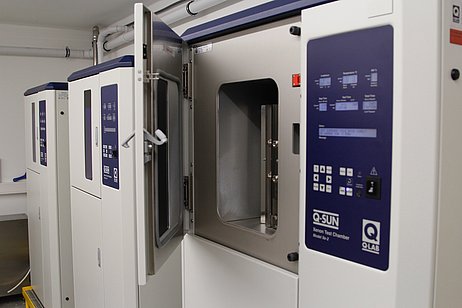Environmental simulation - Artificial ageing
The ageing of plastics usually leads to a reduction in material properties such as mechanical characteristics. Typically, the quality of surfaces can decrease as micro-cracks can form and some materials tend to fade, change colour, lose gloss and chalk. The ageing of polymers can lead to premature failure of components. Adequate measures should therefore be taken to prevent damage due to ageing.
The ageing of polymers is very complex due to the large number of influencing factors such as the acting medium, temperature, solar radiation or due to a combined alternating stress of temperature and medium.
In order to be able to examine individual influencing factors in a targeted manner, many methods have been developed for evaluating the ageing or resistance of plastics. These can be assigned to different subject areas:
In addition to investigations from these subject areas, we offer the application of the Stepped Isothermal Method (SIM). This time-lapse method is used to evaluate the long-term creep behaviour of plastics. For this purpose, for example, the tensile test is carried out for global and the instrumented macro-hardness measurement for surface-sensitive determination of the long-term creep behaviour.
In the study of ageing, the selection of accompanying investigations to characterise the ageing phenomena is particularly important. The changes on the surface are evaluated with optical and light microscopic observations as well as with colour and gloss measurements. Suitable mechanical tests are to be specifically selected to determine the change in intrinsic, global material properties. Structural analyses can provide information on the degradation of molecular chains and stabiliser.
We will be happy to advise you on which combination of methods is suitable for your task.
Dr.-Ing. Marcus Schoßig
Phone: +49 (0)3461 30889-53
Write e-mail



